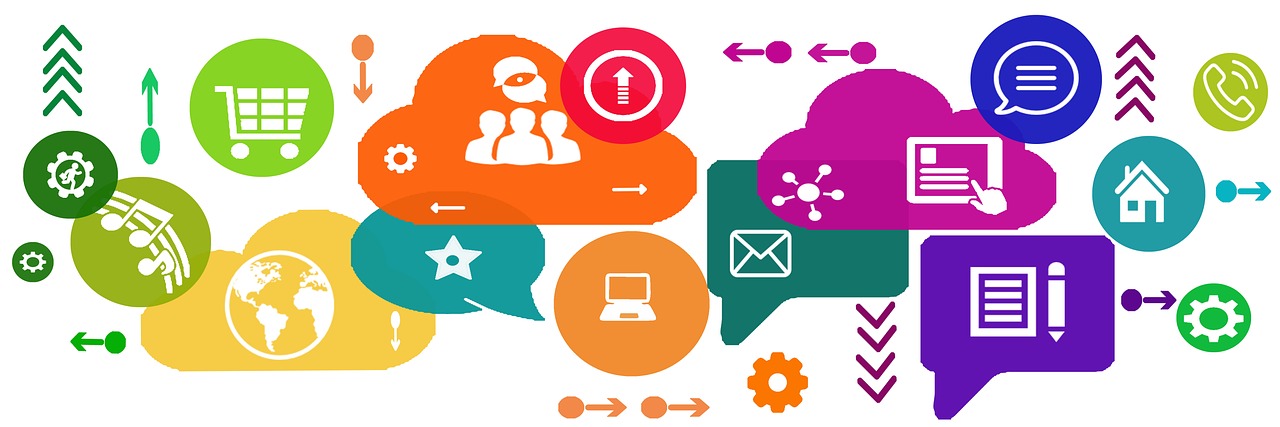AI-Enabled Voice Recognition Systems
Voice recognition technology offers users a convenient and efficient way to interact with various devices, eliminating the need for manual input. This technology enhances user experience by allowing for hands-free operation of devices, making it particularly useful in scenarios where manual input is challenging or not feasible.
Furthermore, voice recognition technology promotes accessibility for users with disabilities, providing them with an alternative method to engage with technology. By enabling users to control devices through voice commands, this technology facilitates inclusivity and empowers individuals who may face barriers when using traditional input methods.
Challenges Faced by Voice Recognition Systems
One of the significant challenges encountered by voice recognition systems is the issue of accuracy. Despite advancements in technology, these systems may still struggle to accurately interpret various accents, speech patterns, and background noises. This can lead to misinterpretations of commands, resulting in errors or frustration for users.
Another challenge faced by voice recognition systems is the concern over privacy and security. As these systems process and store voice data, there are worries about potential breaches and unauthorized access to sensitive information. Users may question the reliability of these systems in safeguarding their personal data, which poses a barrier to widespread adoption and trust in voice recognition technology.
How Voice Recognition Systems Work
Voice recognition systems operate by converting spoken words into text through a series of intricate processes. First, the system captures the user’s spoken words through a microphone or similar device. These spoken words are then analyzed by the system using complex algorithms that break down the speech into smaller, recognizable units such as phonemes or words.
Once the spoken words are dissected into these units, the system matches them against a stored database of phonemes or words to identify the most probable sequence of words spoken by the user. This matching process involves comparing the input speech against pre-existing patterns and structures to determine the closest match. By continuously refining its algorithms and learning from user interactions, voice recognition systems are able to improve their accuracy over time and adapt to a wide range of speakers and accents.





